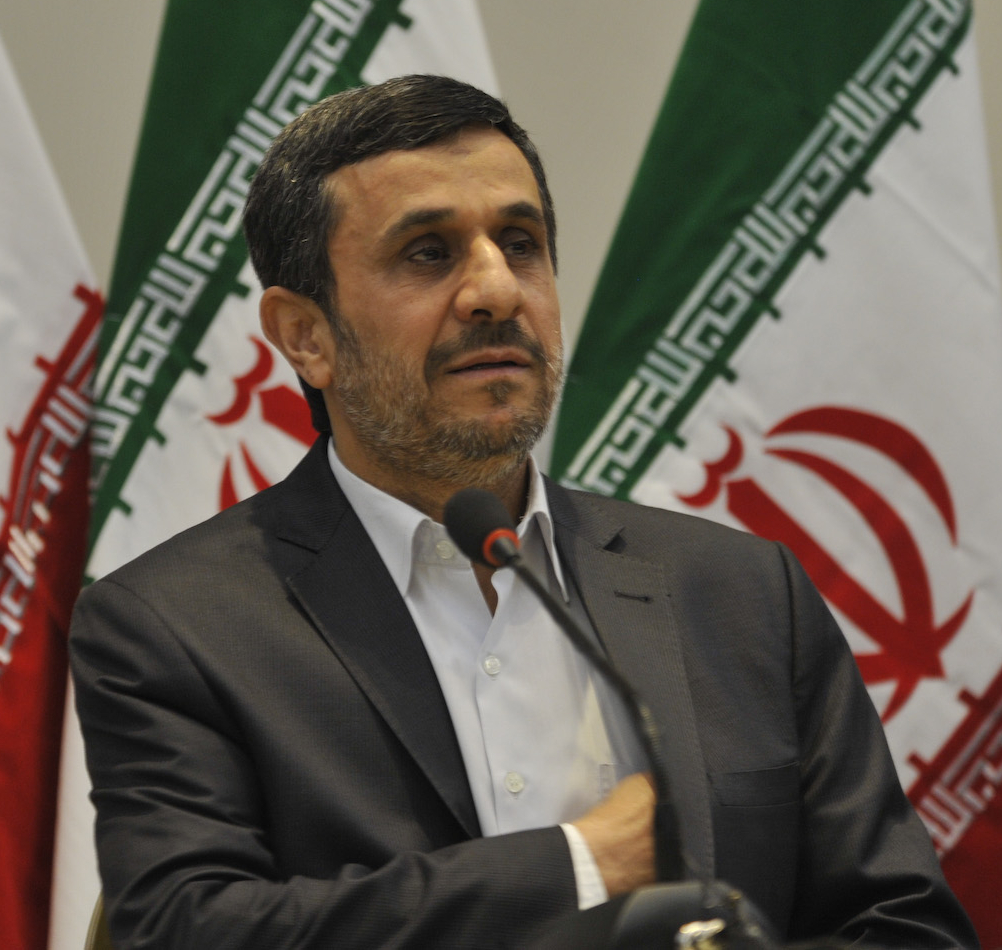Part 2 of 2 parts. (Please read Part 1 first.)
After the attack on the World Trade Center in 2001, the U.S. became even more concerned about the possibility of Iran developing nuclear weapons. Iran tried to reach out to Western nations including the U.S. to discuss its nuclear program but the U.S. led by President Bush rejected such discussions. The Iranians responded by building thousands of centrifuges to enrich uranium with the potential of creating weapons-grade uranium.
In 2005, a new Iranian president named Ahmadinejad was elected. He was a popular leader with an strong anti-U.S. bias. He denied that Hitler had killed six million Jews in World War II and he repeatedly defied President Bush. As the Shad had said before the Revolution, Ahmadinejad insisted that Iran had the right to nuclear research without restrictions.
In 2006, the U.S. convinced the other members of the U.N. Security Council including the U.K., France, Russia, China and Germany to join the U.S. sanctions program and severely restrict trade with Iran until Iran curtailed its nuclear research program and its enrichment of uranium. They also froze Iranian funds in international banks. Ahmadinejad refused to yield to the trade sanctions and continued the nuclear program. The sanctions had a serious effect on the Iranian economy and protests broke out.
Ahmadinejad was reelected in 2009 in a disputed election. More protests happened and people were arrested and tortured. The new U.S. President Barack Obama tried to negotiate a nuclear deal with Iran when he took office but efforts failed and the U.S. increased the trade sanctions.
In 2013, a new Iranian President named Hassan Rouhani was elected. He promised to improve Iran's relations with other nations. The powerful clerics who controlled the Iranian government allowed Rouhani to launch diplomatic initiatives to end Iran's isolation. Secret talks were carried out between Iranian diplomats and U.S. representatives. Over the next two years a deal was hammered out between Iran and the U.N. Security Council. Iran agreed to give up the disputed technology and materials and to allow inspections of nuclear sites in Iran. In return for agreeing to this, the sanctions are to be lifted and the frozen funds are to be made available to Iran.
Critics of the deal have said that we should have held out for more restrictive terms but supporters point out that the other members of the U.N. Security Council would not have agreed to follow the U.S. lead and would have dropped sanctions with Iran. So it was not a matter of this deal or a better deal, it was a matter of this deal or no deal. With the new deal in place, Iran will find it difficult to work on nuclear weapons development for the next ten years at least. Without this deal, Iran could have immediately started working on the development of a nuclear bomb with little interference. There is an old saying that the perfect should not be the enemy of the good. This deal may not be perfect but it is as good as we could get. The world will be safer because of this deal.
Mahmoud Ahmadinejad:
